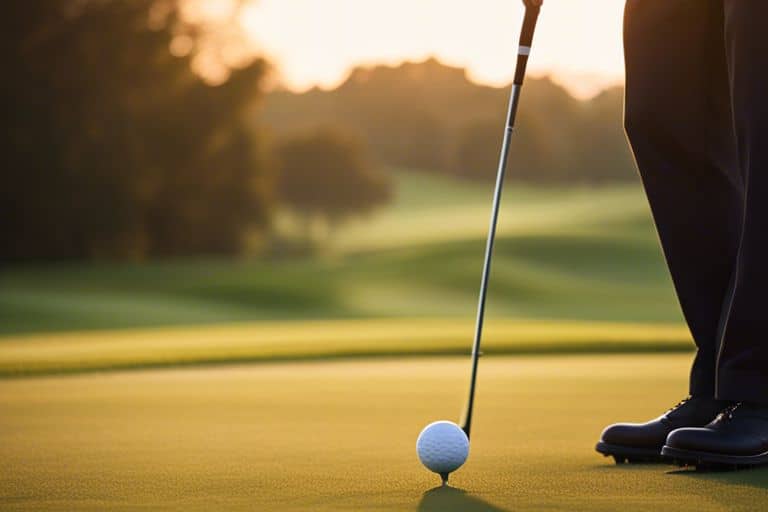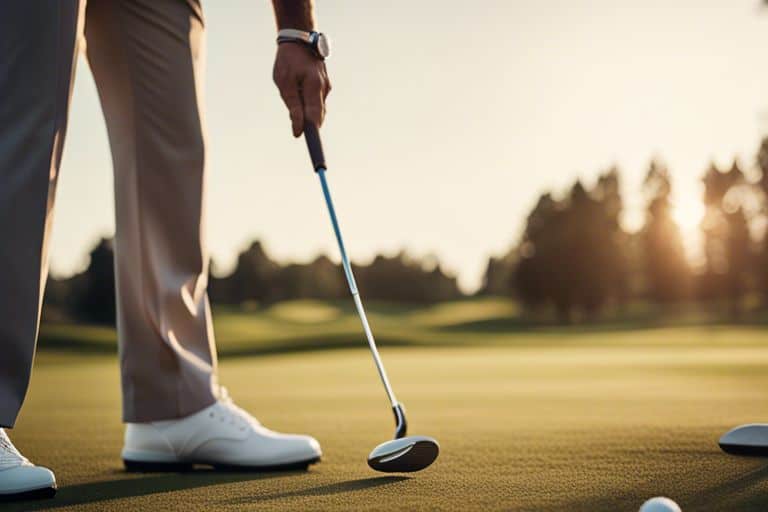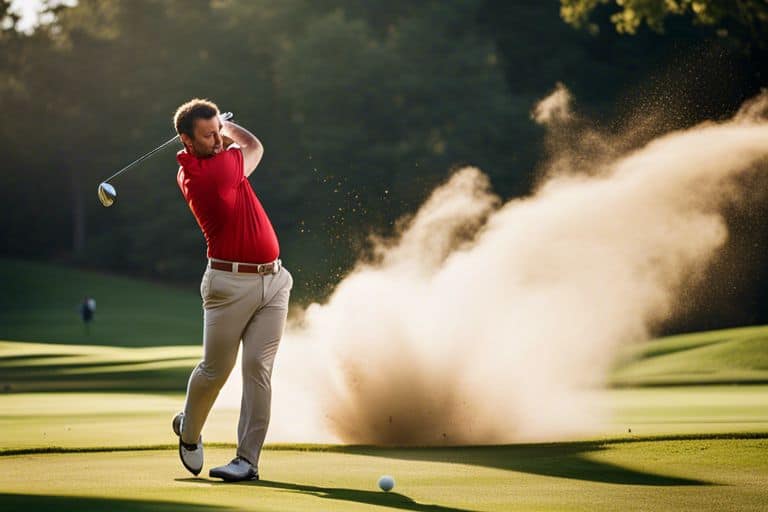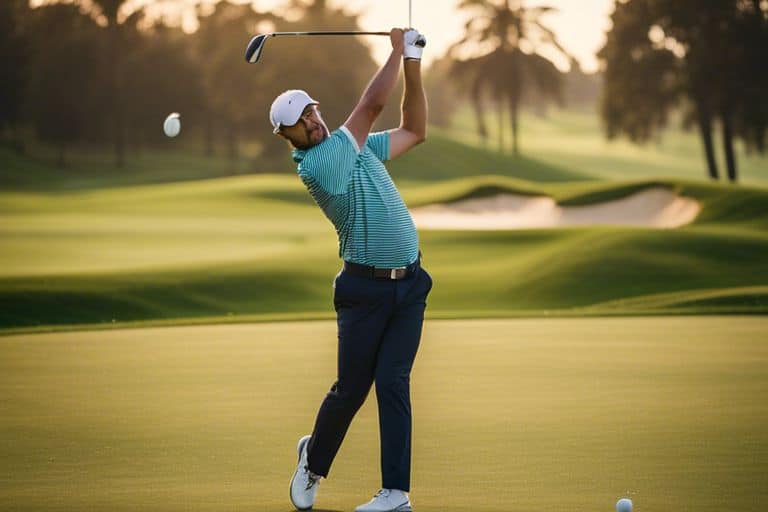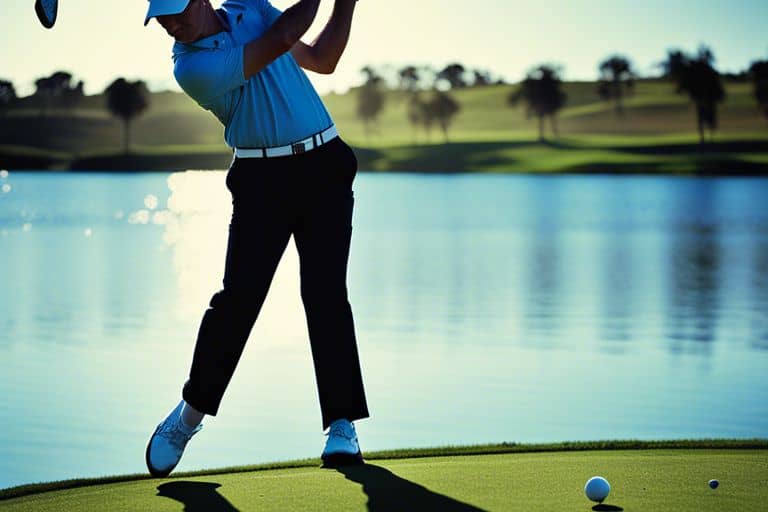What does it mean to "duck fade" a shot in golf?
Obfuscating the path of a golf ball is a vital skill that every golfer must master. When you “duck fade” a shot, you intentionally manipulate the ball’s flight path to avoid obstacles or take advantage of the course layout.
The duck fade, also known as the banana ball, involves a controlled slice that allows the ball to curve from left to right for right-handed players, or from right to left for left-handed players. This technique is particularly useful for navigating tight fairways or positioning the ball on challenging greens. In this blog post, I will discuss the mechanics and strategy behind the duck fade, as well as when and how to best deploy this shot in your golf game.
The Fundamentals of the Duck Fade
To master the duck fade, you need to understand the fundamental principles of this shot. It involves a combination of the clubface angle, swing path, and body positioning. The goal is to create a controlled left-to-right ball flight with a slight descending trajectory.
The Golf Swing Mechanics Involved
When executing the duck fade, the swing mechanics play a crucial role in achieving the desired outcome. I position the ball slightly forward in my stance and open my stance slightly. As I swing, I focus on a slightly inside-out club path with a square-to-open clubface at impact to generate the desired left-to-right spin on the ball.
Comparison with Traditional Fade Shot
When comparing the duck fade with the traditional fade shot, there are some key differences to take note of. With the duck fade, I intentionally promote a more pronounced left-to-right ball flight, making it ideal for navigating tight fairways or avoiding hazards. However, it requires precise execution to avoid the danger of over-fading the shot and ending up in trouble.
| Traditional Fade Shot | Duck Fade |
| Less pronounced left-to-right ball flight | More pronounced left-to-right ball flight |
| Safer option for avoiding trouble | Ideal for navigating tight fairways or hazards |
| Requires less precise execution | Requires precise execution |
Executing the Duck Fade
Some golfers may find executing the duck fade to be a challenging shot, but with the right technique and practice, it can become a valuable tool in your golf game. The key to executing a successful duck fade lies in making the necessary grip and stance adjustments, as well as controlling your swing path and club face to achieve the desired ball flight.
Grip and Stance Adjustments
When attempting to execute a duck fade, it’s crucial to make specific adjustments to your grip and stance. I recommend slightly weakening your grip by turning both hands a bit to the left on the club (for right-handed golfers) and opening your stance slightly, aiming left of your target. This adjustment will help promote a left-to-right ball flight and set the foundation for the duck fade.
Swing Path and Club Face Control
Controlling the swing path and club face is essential when attempting to execute a duck fade. As you address the ball, focus on swinging the club along an out-to-in path, while slightly opening the club face at impact. This combination will impart the desired left-to-right spin on the ball, resulting in the duck fade. Be sure to maintain a smooth and controlled swing throughout, and consciously control the club face to achieve the desired ball flight.
By making grip and stance adjustments and mastering swing path and club face control, you can start to consistently execute an effective duck fade when the situation calls for it in your golf game. It’s important to practice these adjustments on the driving range before taking them to the course, but with time and dedication, you can add the duck fade to your arsenal of shots and become a more versatile and skilled golfer.
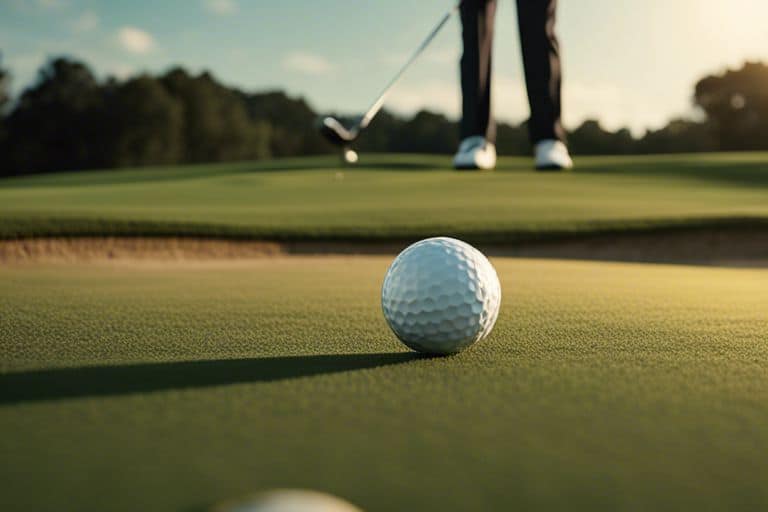
Strategic Applications of the Duck Fade
Despite being a challenging shot to master, the duck fade can be a powerful tool in a golfer’s arsenal. By understanding when and how to use the duck fade strategically, you can gain a significant advantage on the course. In this section, we will explore the various strategic applications of the duck fade and how it can help improve your overall game.
Course Scenarios Favoring the Duck Fade
When you encounter a tight fairway with trouble on one side, such as out-of-bounds or water, the duck fade can be a valuable asset. By intentionally shaping your shot to move from left to right (for right-handed golfers), you can effectively navigate around hazards and keep the ball in play. Additionally, on dogleg right holes, the duck fade can help you position the ball favorably for your approach shot, providing a clear line of sight to the green and avoiding potential trouble on the left. Mastering the duck fade in these scenarios can give you a significant advantage over your competitors.
Risk vs. Reward Analysis
When considering whether to attempt a duck fade, it’s important to weigh the potential risks and rewards. While the duck fade can help you navigate tricky course setups, it also presents a higher degree of difficulty compared to a standard shot. The key is to assess the situation and determine whether the potential benefits of executing a successful duck fade outweigh the risks of mishitting the shot. By carefully analyzing the risk vs. reward, you can make more informed decisions on when to employ the duck fade and when to opt for a safer shot selection.

Improving Your Duck Fade Technique
Lastly, let’s talk about how you can improve your duck fade technique. This shot can be a valuable tool in your golf game if executed properly, so it’s important to work on refining your skills.
Drills for Consistency and Accuracy
One of the best ways to improve your duck fade technique is to focus on drills that promote consistency and accuracy. For example, practice hitting shots with a deliberate fade motion by focusing on keeping your clubface slightly open at impact. You can also work on controlling your swing path to ensure that the ball curves just right. Additionally, spend time on the driving range practicing your ball flight control, experimenting with different club choices and swinging techniques to find what works best for you.
Common Mistakes and Corrections
One common mistake that golfers make when attempting a duck fade is trying to force the shot. It’s important to remember that a duck fade is a subtle shot that requires finesse rather than power. Another mistake can be overcompensating for the fade, leading to a slice. To correct this, focus on ensuring that your clubface is slightly open at impact while maintaining a smooth swing. It’s crucial to practice and be patient with yourself as you work to perfect this skill.
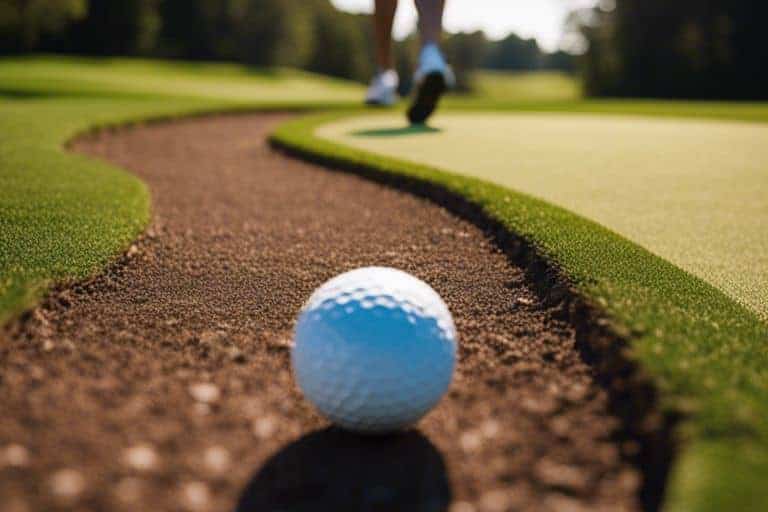
Conclusion
Following this explanation, it is clear that to “duck fade” a shot in golf means to intentionally hit the ball with a left to right trajectory. By adjusting the angle of the face of the club at impact, you can create this shot shape to fit the specific demands of the hole you are playing. Practice and control are key in mastering this technique, as it requires precise execution to achieve the desired result. In conclusion, understanding and effectively applying the “duck fade” can be a valuable skill in a golfer’s arsenal, allowing for greater versatility and finesse on the course.
